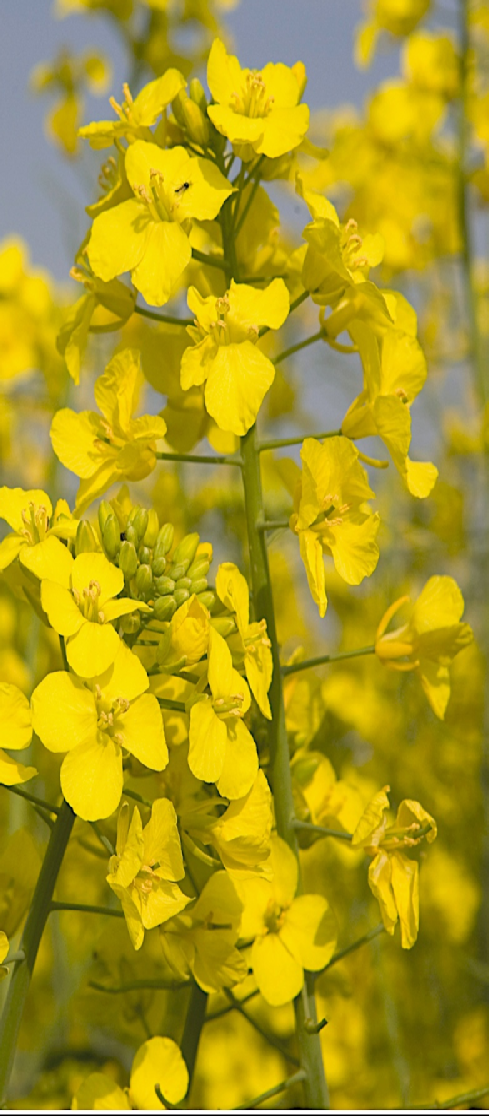


Web design by Lewis McKerrow 2011
Historically farmers knew the basics about the interaction between crops and soil.
Plants like a soil pH of between 6.0 -
Nowadays science has taught us that not every part of a field will be the same, through laboratory analysis we can accurately determine the nutrient status of the soil. We also now know accurately how much a particular crop will use and remove. We can now add GPS technology into the equation to sample many points within a field and draw up an electronic application map to allow a tractor computer to apply inputs such as Lime, N, P, K variably to the areas that need more or less nutrient. We can then go back to these sample locations to check that the balance has been improved a few years later.

